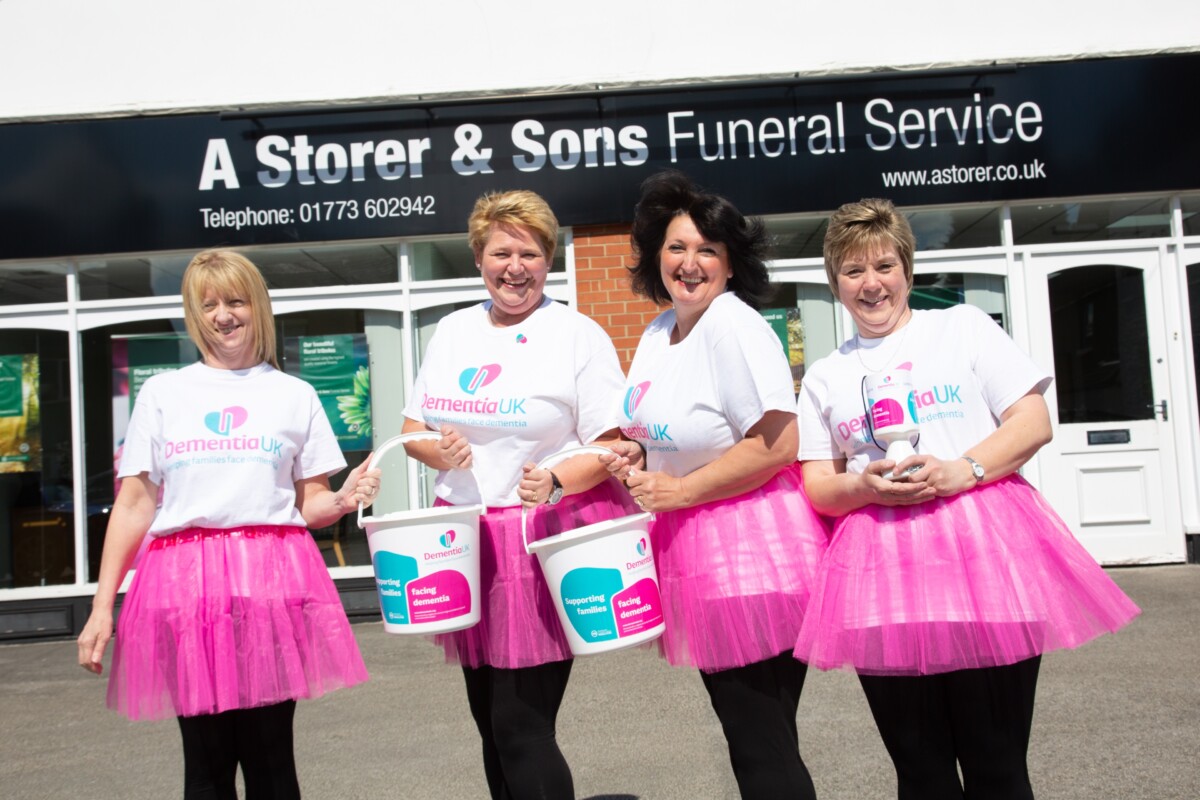Getting the most from a corporate partnership – 5 charity views
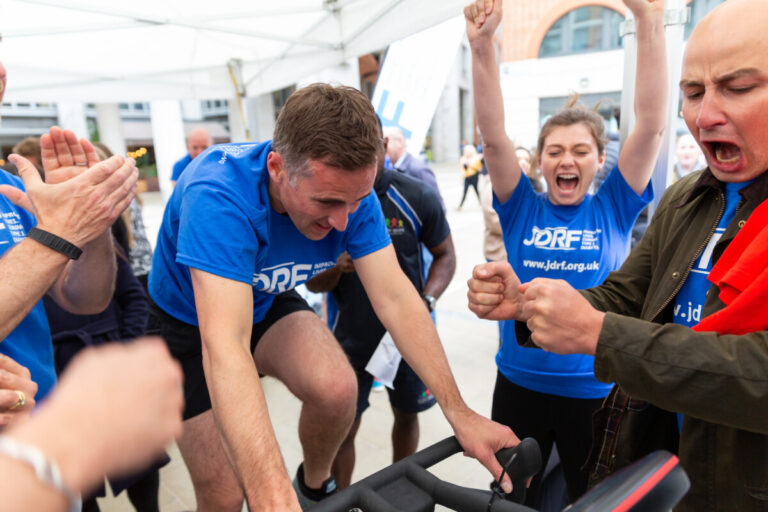
What makes a corporate partnership a success? We asked five charities for their views.
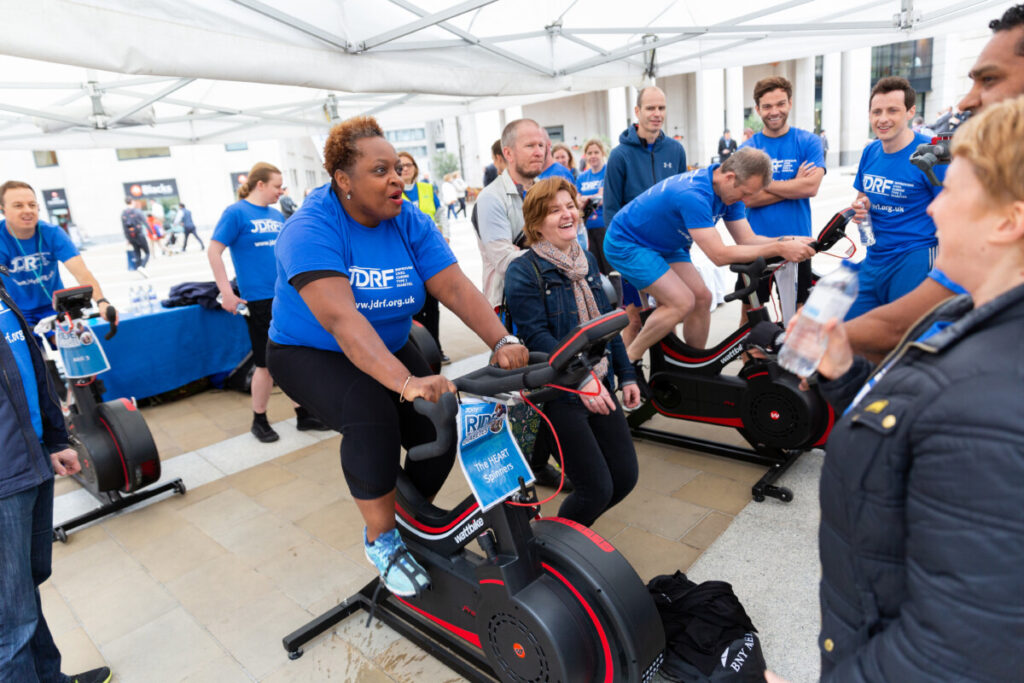
JDRF
Allan Sutherland, JDRF Head of Corporate and Trust Partnerships:
Advertisement
“My tip for corporate fundraisers right now is to be patient. At the moment new business is fragile and often hard to find. Covid has obviously reduced the number and scale of opportunities available. So corporates will need to understand the benefits to them in brand value, awareness and/or sales income that a charity partnership can offer.
“Corporate supporters may also need to test whether a charity can deliver the goals it is looking to achieve from a partnership. This all takes time, effort, patience and the ability to listen and understand how you can work for mutual benefit. Investment for corporate fundraising in time, staff, resources can take a year or more to bear fruit. So at the risk of repeating myself, my advice is to be patient.”
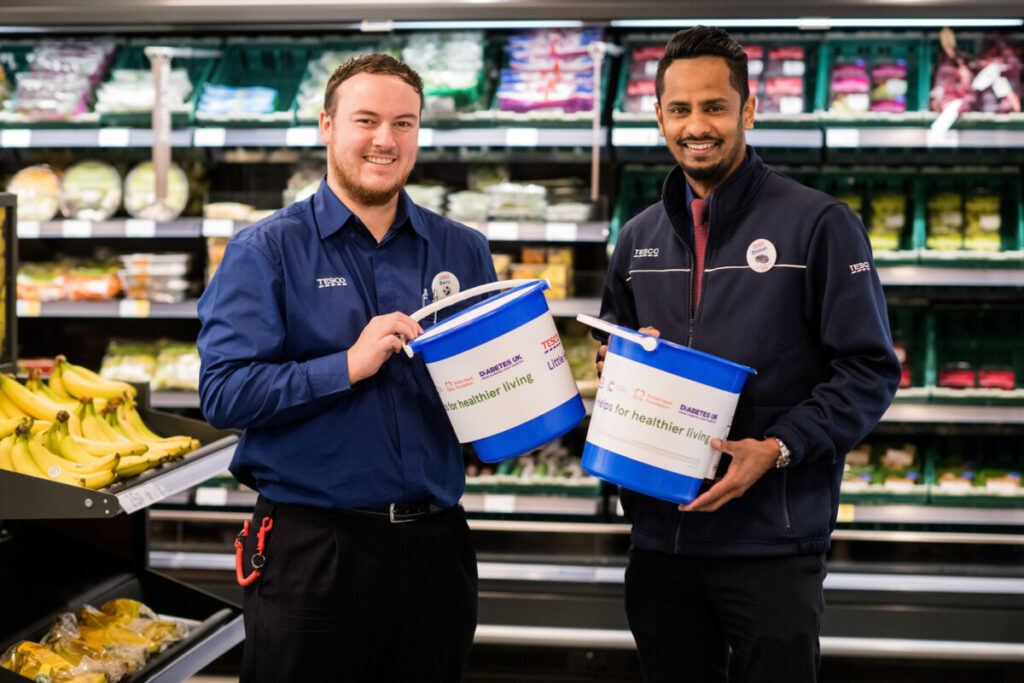
British Heart Foundation
Paul Davies, Head of Corporate Partnerships at the British Heart Foundation:
“Corporate partnerships play a significant role in helping the British Heart Foundation achieve better outcomes for people affected by heart and circulatory diseases, and we need to make sure we are optimising the relationship to support both parties’ objectives. Below are four must dos to ensure charities get the most out of relationships with a corporate partner:
“1. Co-create the proposal/campaign and make sure it is simple to understand, and easy for the organisation’s customers, colleagues, and communities to get involved.
2. Build flexibility into the partnership; if the last 20 months are anything to go by, working through challenges and pivoting plans can help the partnership flourish – you don’t need to do everything all at once.
3. Build stakeholder engagement at all levels; both charities and corporates see their relationships integral to their overall strategy, which will require a significant level of trust and engagement amongst senior stakeholders.
4. Release the ‘risk shackles’… Working together through potential risk and ambiguity can often deliver the step-change needed to deliver transformation.”
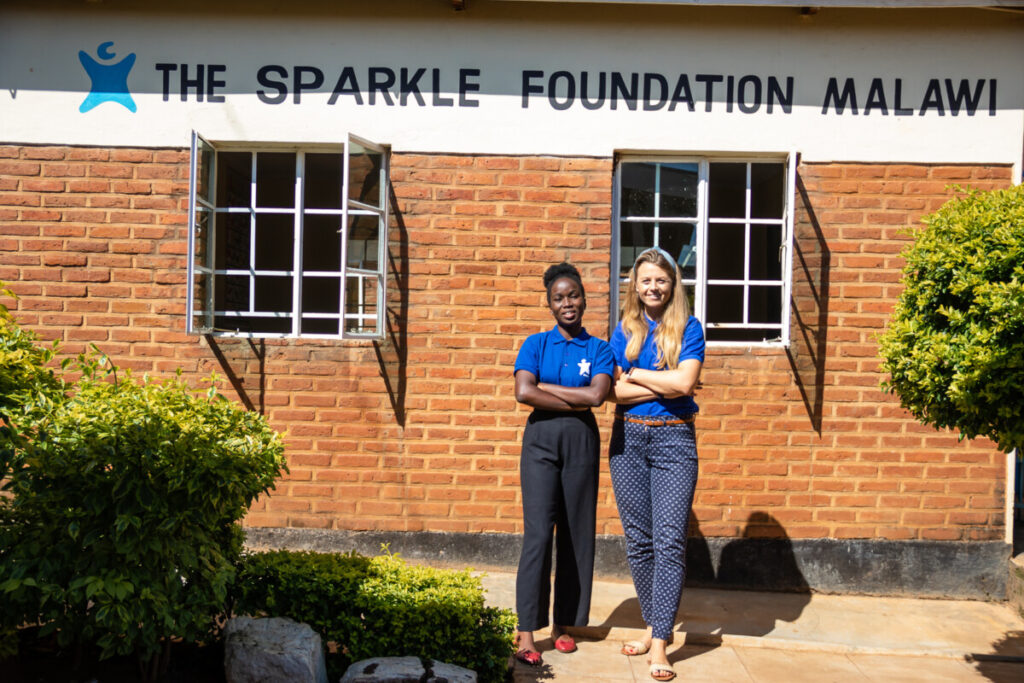
The Sparkle Foundation
Sarah Brook, CEO, The Sparkle Foundation:
“Most charities see corporates as an opportunity for fundraising, however at Sparkle, we see corporates first as a chance for pro bono support, followed by resources and then finally followed by fundraising.
“Working with the right partner is fundamental to ensuring a mutually beneficial relationship. If a corporate is only getting involved to donate and doesn’t understand the why, what and the how, after one year they will often move on to another charity.
“At Sparkle we want to create lasting corporate partnerships that benefit the whole team and enable the corporate to grow with us. To do this, a lot of research must be done beforehand to make sure you are working with a corporate that aligns with your vision and values as a charity. We have created a corporate partnership programme that is mutually beneficial for both parties, increasing staff engagement and satisfaction with us working directly with HR, and across all areas of their operations to ensure everyone has the opportunity in some way to make a difference.
“We identified all our overheads, then went to different corporates for these items and created a package which ticked their box as a CSR initiative and ticked ours as a reduction in admin costs. This way 100% of our money is able to go to the cause in Malawi.
“As an example, all our legal support is done pro bono by Clifford Chance, some of our social media and marketing by PHD, and our HR support by Cornelius. We approach corporates who are already doing the area of work we need support with and offer them an alternative to money for their work – a social return on their investment, and the opportunity to change lives. We report back to them on the money we have saved through their pro bono support, what it’s been used for instead, and the difference it can make.”

WaterAid
Celeste Mottahedin-Fardo, Senior Corporate Partnerships Manager at WaterAid:
“Getting to know your corporate partner is the cornerstone of developing fruitful partnerships. It is critical to take the time to fully understand your partner’s objectives and how the organisation works before collaborating on plans that are mutually beneficial. For instance, is increasing their sales or engaging their customer base a key objective that your charity could support?
“Create an engagement and stewardship strategy for your partner and take the time to get to know colleagues across the company, mapping out key stakeholders, including senior leaders, to ensure you are embedding your charity fully within the organisation. A core element of this plan should be storytelling and sharing examples of the impact of your work, which can be incredibly effective in engaging your partner with your cause.
“Come to each new partnership with ambition and no preconceptions. Although fundraising is often important, think creatively about how your charity can support your partner’s objectives and what mutual value you can both bring. Beyond fundraising, would they be interested in engaging in advocacy work, skills sharing or in-kind giving?
“Share case studies and tangible examples of ambitious corporate partnerships, harnessing both the financial and non-financial value of the relationship. This will not only demonstrate your expertise working with other partners but also stimulate ideas and inspire new companies to embark on this journey with you.
“The most successful partnerships are those that are developed over time, with clear aims and objectives between partners who are embedded in each other’s strategies. These do not happen overnight, but with the right communication, collaboration and engagement, corporate-charity partnerships can create huge benefit for each partner for the long-term.”
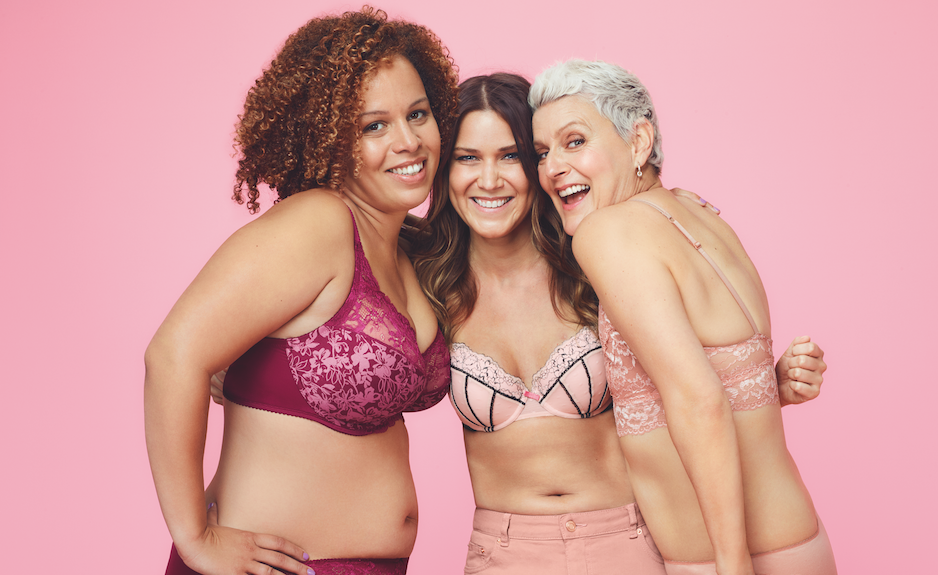
Breast Cancer Now
Joanna Moore, Corporate Partnerships Manager & Rachel Mederson, Head of Account Management at Breast Cancer Now:
“A key focus for Breast Cancer Now is to raise awareness of our brand to help with our fundraising, our policy work, and in highlighting the support we provide to people living with breast cancer. We see our corporate partners as playing a huge role in this by helping to raise our profile, increase our reach and champion our message.
“One example is the Asda Tickled Pink partnership, which has raised more than £71m and is celebrating its 25th anniversary this year. The partnership began following a campaign by colleagues to support the breast cancer cause. It continues to be successful by evolving with the times and recognising its potential in awareness raising, as well as fundraising. Together, we have a mutual objective to champion regular boob checking and fundraising for life-changing support and world-class research. With relationships at all levels of the organisation, and open lines of communication, Breast Cancer Now’s account management team work closely with our key contacts at Asda and partner charity, Coppafeel!, to identify new, fresh and exciting initiatives, bringing the cause to life for customers and colleagues alike.
“Three of our top tips:
Make the most of their channels: Speak with your partners to understand their audiences, reach and channels, and work together to identify how to use a variety of channels in the most impactful way to add further value to your partnership. For example, breast check guidance is featured across Asda stores all-year round, across the George bra range, as well as on till receipts and pharmacy bags. We are also fortunate to benefit from large-scale marketing investment into our partnership. During breast cancer awareness month, we feature in in-store marketing, and external marketing, like radio, press and social media. This has meant we’ve been able to reach a wider audience and achieve our joint aim of reminding people to regularly check their breasts. This is possible because we created a partnership brand relevant to the customer experience and the brand’s tone of voice.
Deliver more together: M&S is the UK market leader in lingerie, and an expert in bra technologies and innovation. They also have a Bra Fit service, delivered in-store and online, providing people with 1-2-1 support in finding the perfect bra. By combining M&S’s expertise in developing bras and their network of stores and online presence, with our knowledge of the needs of people affected by breast cancer, we have worked together to create a range of post-surgery bras and post-surgery bra products that support women affected by breast cancer. The partnership has raised over £3.7m over the last 6 years, and helps us to deliver on our strategy to ensure women with breast cancer are supported to live well, and helps M&S continue to provide inclusive products for all their customers.
Combine your credibility: Understanding the needs of your beneficiaries, and working with partners who are experts in that field, is a great way to help ensure your message is really powerful. For example, we know that despite the fact a large number of women experience sexual difficulties as a result of treatment, many are not made aware of this possible impact and are not offered the support needed to help them cope with this. By working with Ann Summers, a well-respected and relevant brand, which is passionate about female empowerment, we are able to combine our credibility to raise significant awareness of an issue we both care about, in a focused and impactful way.”




